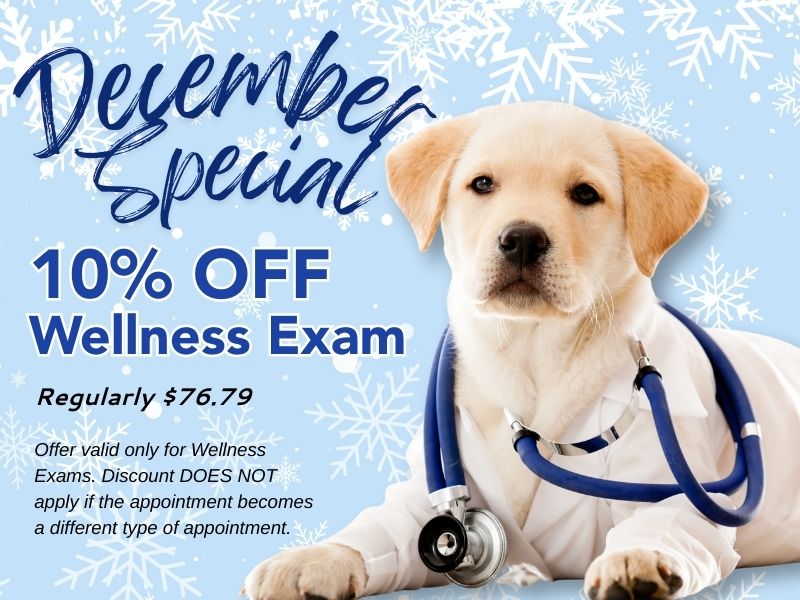Perhaps you have a pet, cat and/or dog, that absolutely despises their nails being trimmed. Pets terrified to have their nails trimmed is a very common issue we face in veterinary medicine. So, what gives? Why on earth do these animals flip out when it comes time to trim their nails?
Reason # 1: A previous nail trim left a bad impression.
You may have heard the saying “a memory like an elephant”, well I feel confident to expand that saying to include “cats and dogs”. It only takes 1 bad experience to muddy the waters for future successful nail trim encounters. Perhaps your critter had a nail accidentally trimmed too short, or perhaps there was a lot of anxiety/stress going on at the practice at the same time as the nail trim. Regardless, the event left a BAD memory and your pet will not easily let it go.
Reason # 2: Your pet has never had their nails trimmed.
Believe it or not, there are plenty of pets that have never had their nails trimmed until they are older! In their younger years, the critter was able to simply wear down their nails through play and exuberant exercise. Another case scenario is that your brand-new puppy or kitten is experiencing their first encounter with a nail trimmer. While some juvenile animals are very accepting to their feet and toes being handled, others find it offensive and rather intrusive. They may be timid or fearful and this act really challenges their comfort level.
How do you trim an animal’s nails that is not a willing participant?
Tip #1: NEVER hold down your pet and FORCE the nail trim to happen.
This will ALWAYS result in the escalation of fear, anxiety, and stress. Someone will get bitten and/or scratched. And your chances have gotten dramatically slimmer to counter condition your pet’s undesirable behavior. There is a multitude of options available from simple counter conditioning tactics to full on sedation when necessary, to achieve a fearless nail trim.
Tip #2: Start SLOW and with a hungry critter!
You will not likely tackle an entire nail trim in your 1st, 2nd or 3rd training session. However, you will start building a positive experience with the nail trim. Most pets LOVE to eat (like us!). Luring them with a special treat that is above and beyond their normal options will only help capture their attention on how darn delicious that snack is. Peanut butter and easy cheese are great options because they really stick around longer than a bite-size snack. I like to smear it on a paper bowl, plate, wall or floor works well too!
Simply have the nail trimmers visible to the pet while offering the snack. If things are going well, then gently touch the paw. If tolerated, try picking up the paw. The goal is to stop when your pet gives any resistance to the process. You will be tempted to push is further to get 1 more nail. DON’T! Ending on a good note is the goal, NOT getting another nail trimmed. Try again the next day.
Tip #3: It’s OK to ask for help!
If you’ve tried Tip #2 with little to no success, you are certainly not alone. There are oodles of pets that simply are not amenable to counter conditioning tactics. Their fear/anxiety/stress far exceed any high prize treat out there. We see this level of fear quite commonly in the veterinary medical field. I promise, your pet will not be the 1 st or the last animal your vet treats with the issue! There are plenty of oral and injectable sedatives out there that work beautifully to aid in a fear-free nail trim. My classical approach is to try oral sedation prior to a nail trim appointment, all while having the pet fasted overnight. This allows for a 1 stop shop approach to getting those tootsies trimmed. If the oral sedation fails to reduce the pet’s fear for a needed nail trim, we move to Plan B, an injectable sedative. This sedative is a safe “conscious sedation” protocol that literally gives the anxious pet a nice little snooze all while they receive a world-class manicure/pedicure. Upon finishing, a reversal agent is given and your critter is up and ready to go home in 15 minutes. No struggle, no fuss, and no tears!
Your pet’s mental health is just as important as their physical health. I urge to consider these tips with your anxious/nervous pet. And certainly, reach out to your trusted vet for further assistance.



